Alfredo sauce is a popular pasta sauce made with butter, heavy cream, cheese, and garlic. When it’s done right, it coats the pasta noodles beautifully and reminds you of your favorite Italian restaurant.
However, when Alfredo sauce goes wrong, you can find your pasta sitting in a thin, runny soup. Though fear not, we will show you how to thicken runny Alfredo sauce into the velvety texture you expect.
Also, as Alfredo sauce is naturally gluten-free, all of our thickening ideas are also gluten-free or can be made gluten-free.
Here are some tips that can help with any pasta emergency.
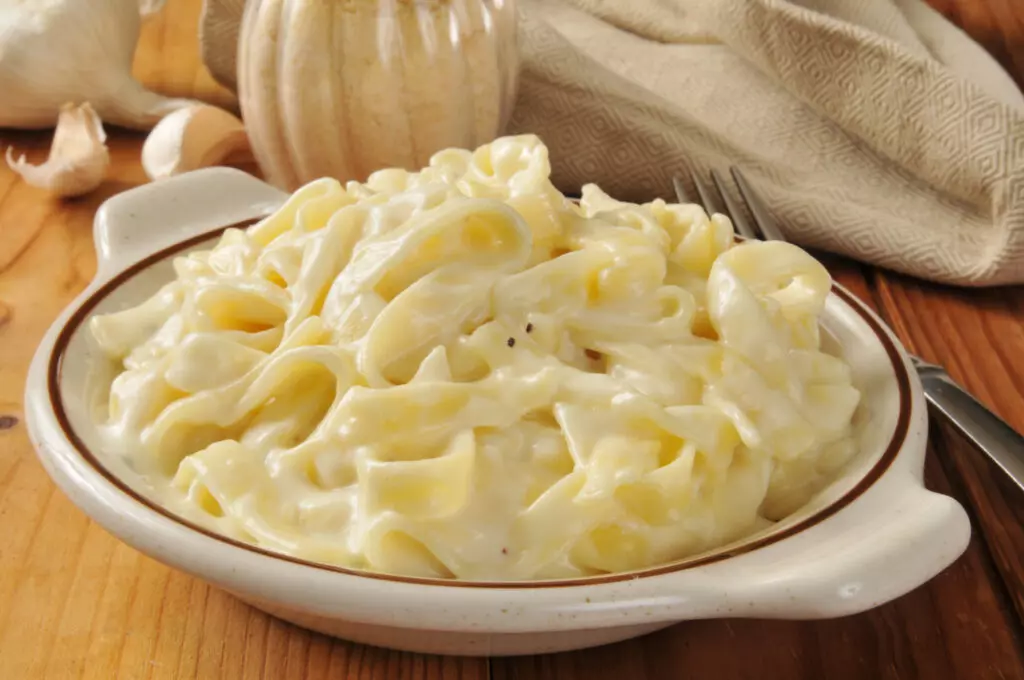
Table of Contents
12 Great Ways to Thicken Alfredo Sauce
Here are a few ways to thicken your Alfredo sauce.
1. Reduce Heavy Cream Longer
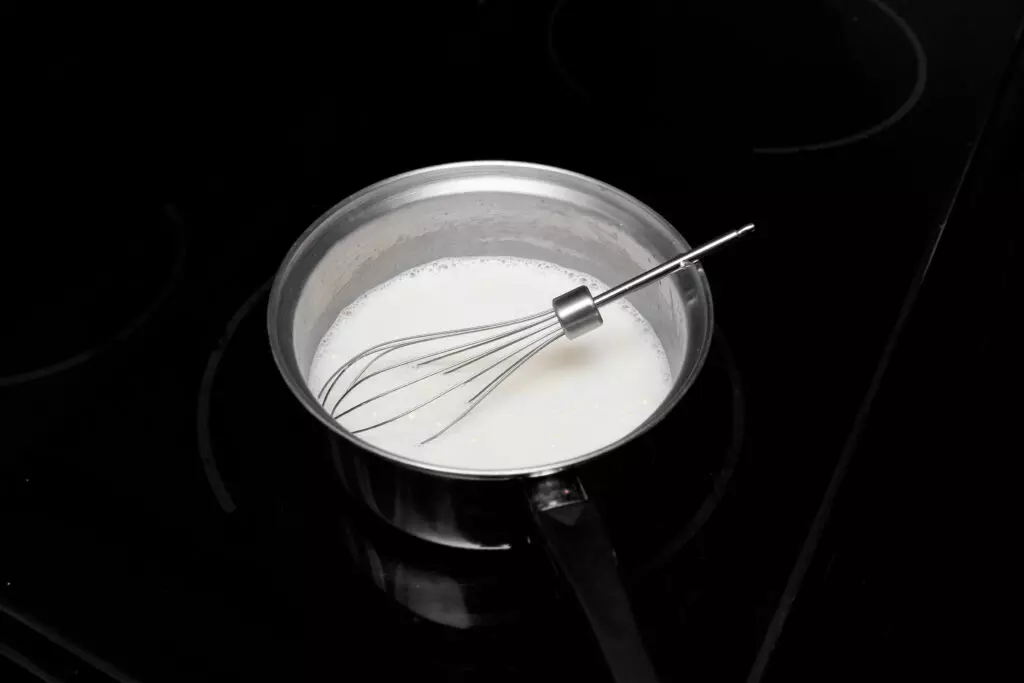
Heavy cream is the backbone of Alfredo sauce. It provides the texture, while the other ingredients provide the flavor. To make Alfredo sauce, you have to reduce the heavy cream. Reducing a cooking liquid means that you cook it until excess liquid evaporates, making it thicker.
If your Alfredo sauce is too thin, maybe you didn’t reduce the heavy cream for long enough. Continue cooking the heavy cream until even more water evaporates and it thickens. Just make sure to do this before you add the cheese to prevent the Parmesan from clumping.
2. Add More Parmesan Cheese
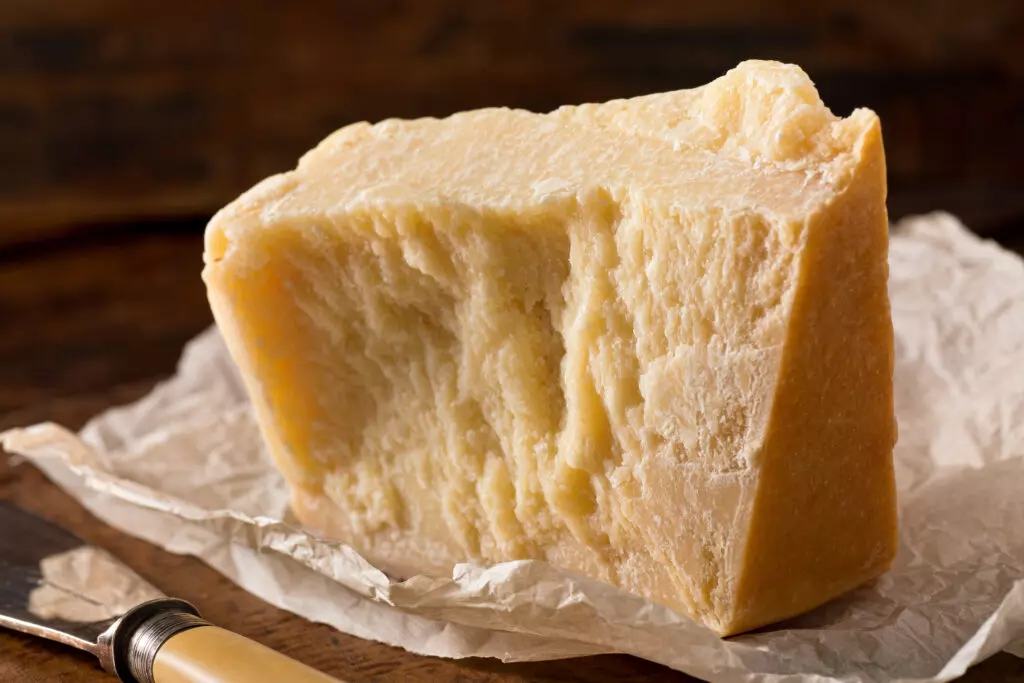
Parmesan cheese is another one of the main ingredients in Alfredo sauce. While it’s used to provide the sauce with flavor, it has a high fat content which makes it a great thickener. As it melts, the glossy cheese ribbons bind the sauce together and make it thicker and creamier.
Plus, adding more Parmesan cheese will make your sauce taste better! Make sure that you grate the cheese finely. Thick chunks of cheese will clump it up.
3. Add More Cream Cheese

While not one of the four main ingredients, a dollop of cream cheese is a great hack that you can use to thicken your sauce. Cream cheese is thicker than heavy cream and will add creaminess to the sauce as it melts. You can also add some cream cheese towards the end of the cooking process if that’s when you realize that your sauce is too thin.
I also think it adds a touch of tanginess to the taste, which is an added benefit!
Check out the following article if you run out of cream cheese: The Top 12 Substitutes for Cream Cheese
4. Butter
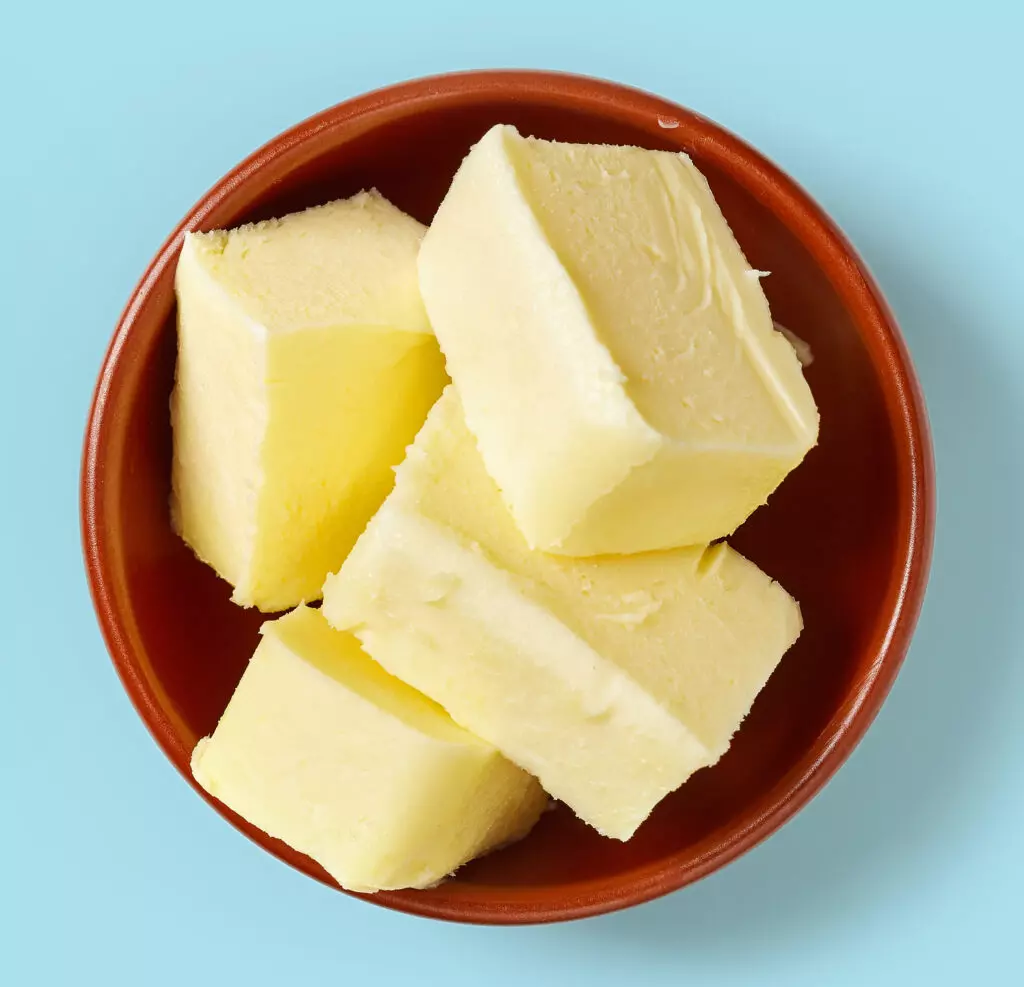
Butter is one of the main ingredients in Alfredo sauce. As it melts, it creates the binding liquid that helps the sauce emulsify. By altering your butter quantities, you can also affect the texture of your sauce. Try adding a few more pieces of butter to your sauce and seeing if that works.
In addition, butter creates a richer, tastier sauce.
5. Cornstarch Slurry
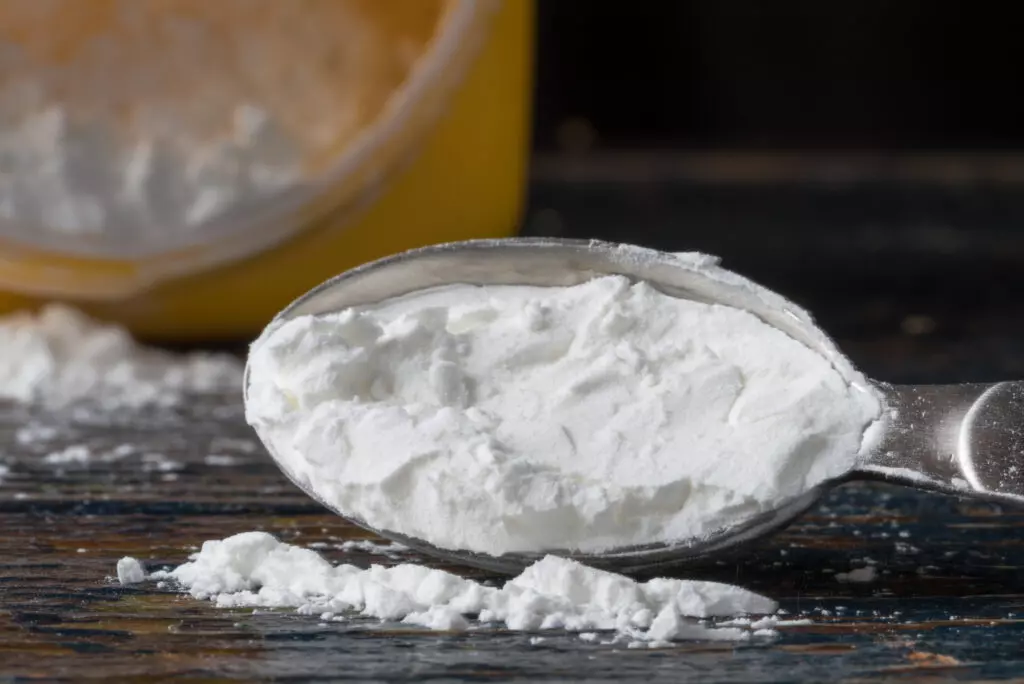
Cornstarch is one of the most effective ingredients for thickening anything, including Alfredo sauce. Cornstarch is a fine powder made from ground-up corn kernels. When you add it to a dish, the cornstarch absorbs the liquid and expands, creating a thicker texture.
The most effective way to add cornstarch to a dish is by making a slurry, or a combination of cornstarch and water. Mix together two tablespoons of cornstarch and water until you get a runny paste. Add the slurry to your Alfredo sauce and bring to a boil. Continue adding one tablespoon at a time as needed.
6. Add Flour

Flour is one of the easiest ways to thicken your Alfredo sauce. Like cornstarch, flour contains starch, which absorbs liquids and thickens sauces and stews.
There are a few ways that you can add flour to your Alfredo sauce. You can toss a tablespoon of flour directly into the sauce and cook it until the flour taste is gone. You can also mix it with water to create a slurry, similar to how you would add cornstarch. Or you can cook it with butter to create a roux. If you are using fresh pasta, you can even coat the pasta with flour before cooking it. That will thicken the sauce when you combine it with the noodles.
If you are gluten-free, use a 1-1 gluten free all purpose flour.
7. Add Egg Yolks

Egg yolks create a thick, glossy sauce, as long as you add them properly. Egg yolks are high in protein, which thickens a sauce once you cook the yolks down. Plus, the egg yolks add color and richness to the Alfredo sauce. However, you need to be very careful when adding egg yolks to Alfredo sauce to avoid scrambling them.
First, bring the egg yolks up to room temperature. Then, add a tiny amount of warm sauce to the egg yolks and mix them together. This is called tempering the egg yolks and it allows the yolks to adjust to the temperature difference. Finally, add the egg yolks to the sauce, mixing everything in well.
8. Add Pureed Cauliflower
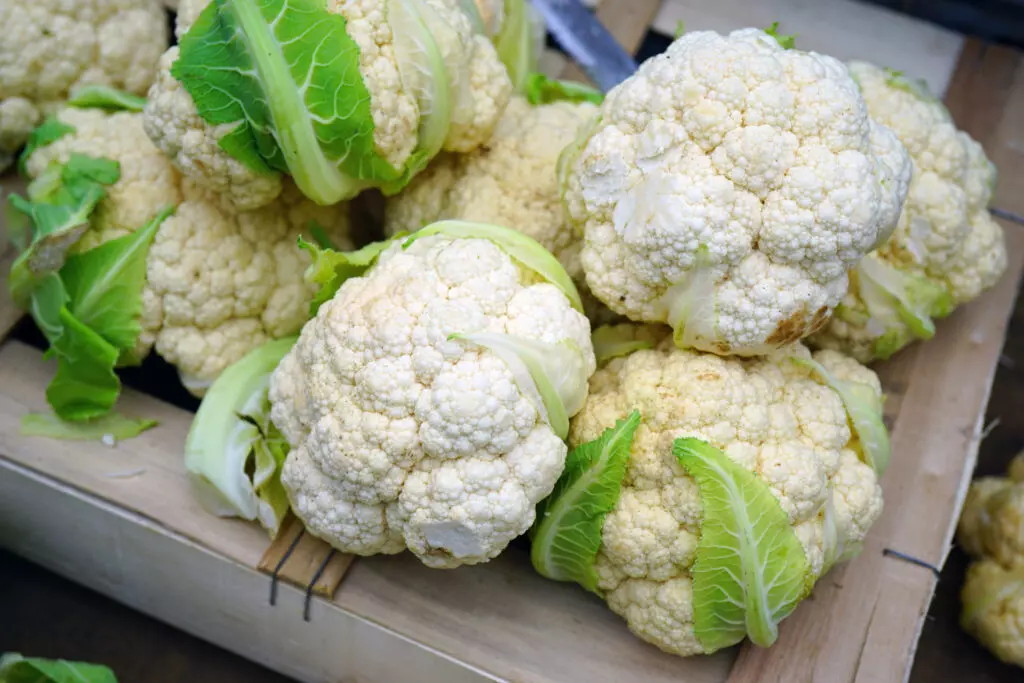
If you are looking to avoid adding extra fat and calories to an already-rich dish, pureed cauliflower is the answer for you.
You can puree cauliflower by cooking it until soft, then mixing it in a blender. The puree easily blends with the sauce and adds extra texture. It is also a good way to sneak vegetables into your dish if you have picky eaters.
9. Plain Greek Yogurt
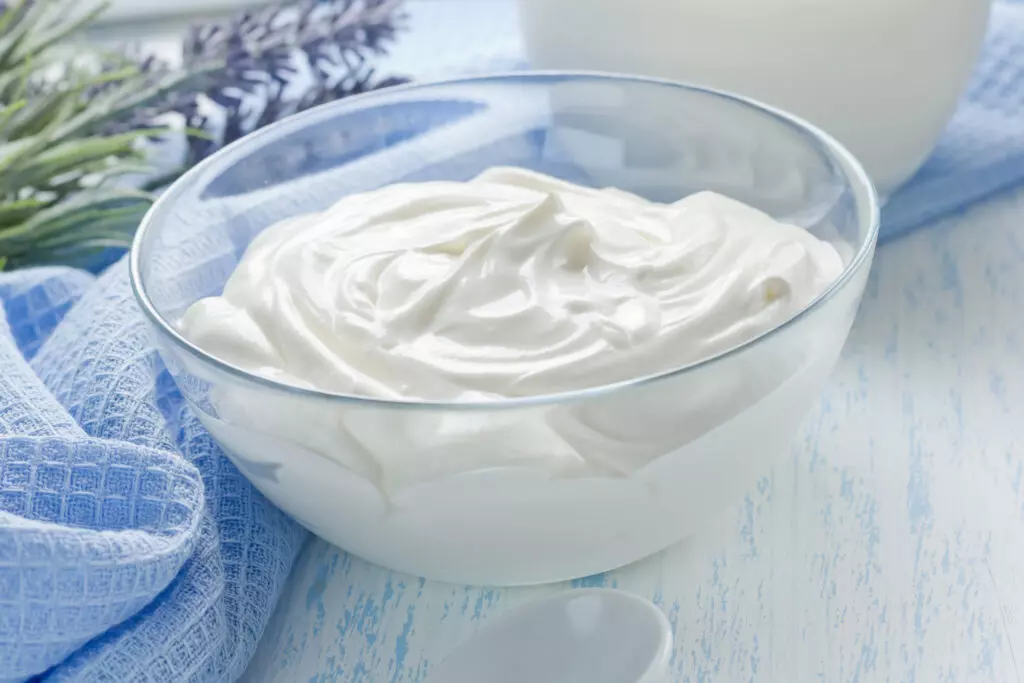
Greek yogurt helps to thicken Alfredo sauce thanks to its creamy texture and high protein content.
When adding Greek yogurt to Alfredo sauce, cool the sauce first slightly to avoid curdling the yogurt. Then, stir in the Greek yogurt until it combines with the sauce and you notice the texture improving.
10. Tapioca Powder
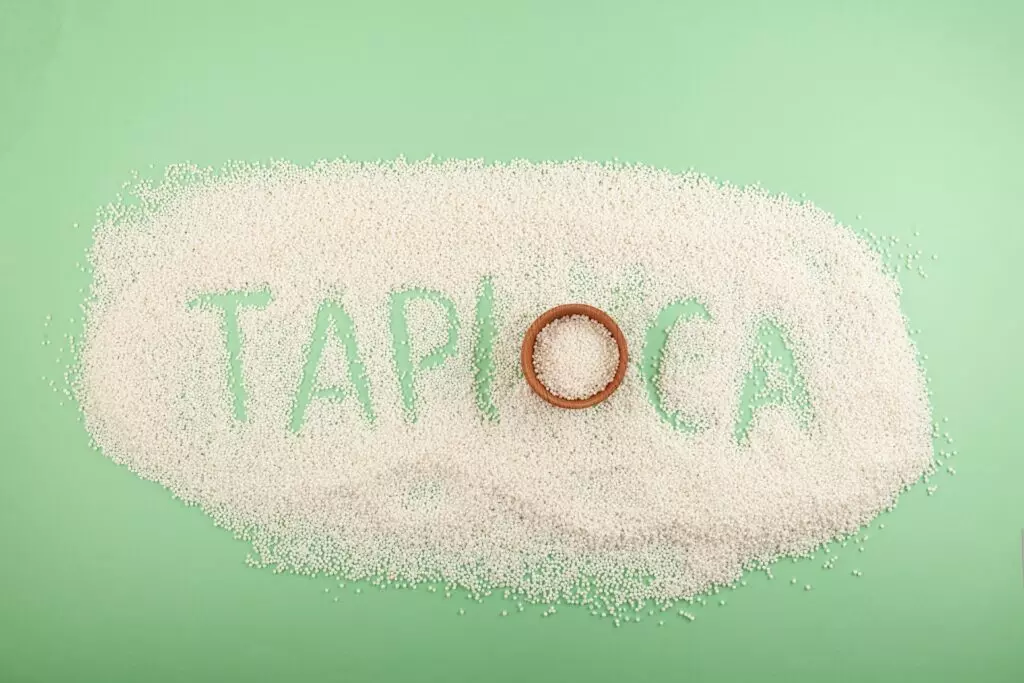
Tapioca powder comes from the root of the tapioca plant and is a white powder. Like cornstarch and flour, it contains lots of starch which absorbs liquid and thickens a sauce.
To use tapioca powder to thicken Alfredo sauce, mix one spoonful of tapioca powder with two spoons of water until you get a smooth slurry. Then, add it to the Alfredo sauce and bring to a boil.
11. Roux
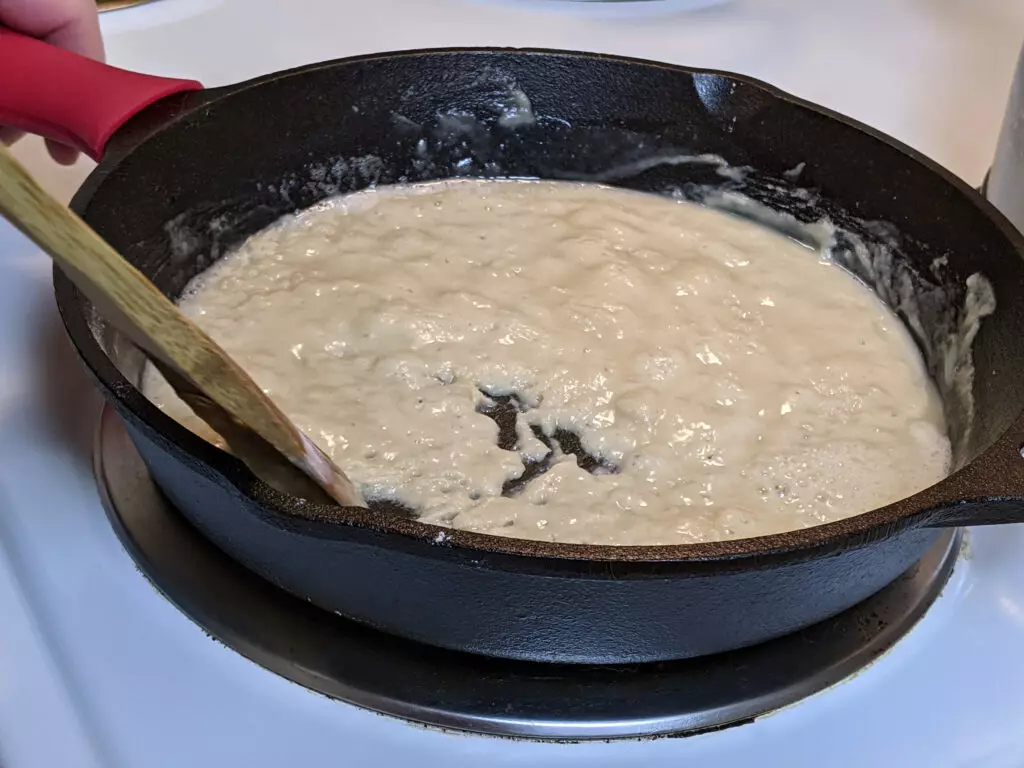
A roux is a mixture of flour and fat, usually butter, that is often used as a base for soups, sauces and gravies. The nice thing about a roux is that it can be used as a base for the sauce from the start or added later if you realize your sauce is not thickening as it should. Roux maximizes the impact of the starch in the flour by combining it with fat. The cooking of the roux ensures that the final sauce won’t taste like flour.
To make a roux, melt butter, add an equal amount of flour, and cook for about five minutes on medium heat until it creates a mixture that has a creamy color. To avoid burning, it is important to stir constantly while the roux cooks.
If using as your base, add milk or heavy cream until it thickens into a dense liquid. If adding roux later, stir into sauce until thoroughly mixed.
Gluten-free roux can be made the same way using gluten-free 1 to 1 flour.
12. Pasta Water
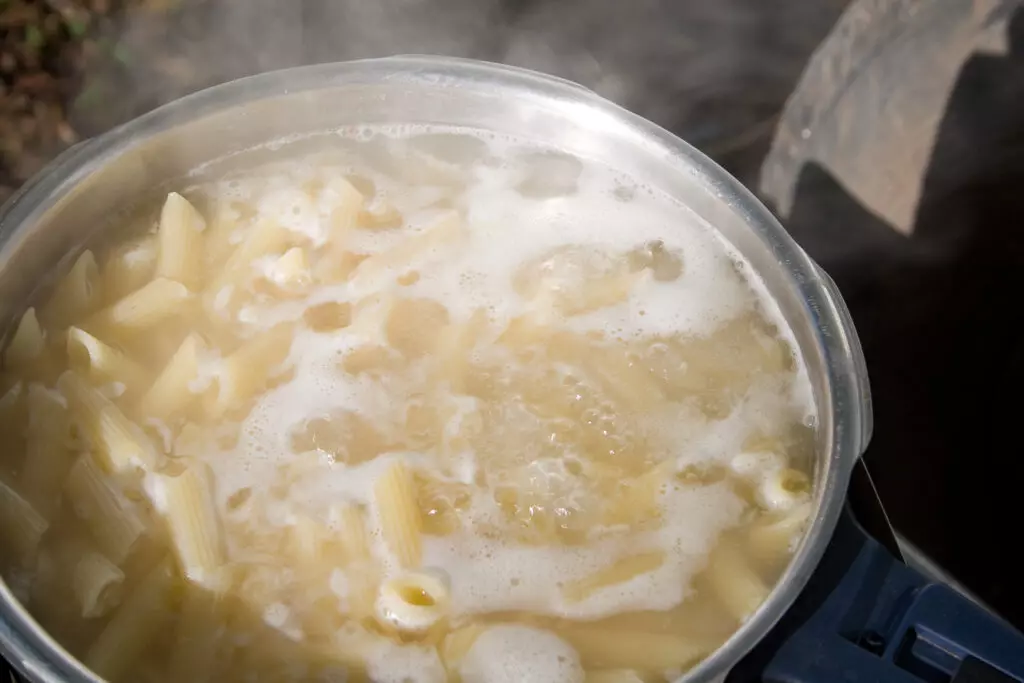
Adding pasta water seems like it might make the sauce more runny since it is water. However, as the pasta cooks, it releases starch into the water which allows the water to thicken in your Alfredo sauce. When cooking your pasta, I would keep about a cup of pasta water and add slowly to the sauce until your sauce has thickened to where you want it.
Frequently Asked Questions
What are the Main Ingredients of Alfredo Sauce?
The four main ingredients that make up Alfredo Sauce are heavy cream, butter, cheese and garlic. However, other ingredients can be added to add flavor or texture.
Is Alfredo Sauce Gluten-Free?
Yes. All of the main ingredients are naturally gluten-free. Any additional ingredients that may be added are usually also gluten-free or can be made gluten-free. For example, if you want to add flour to thicken your sauce, you can use 1-1 gluten-free flour.
Final Thoughts on How to Thicken Alfredo Sauce
If at any point in the cooking process you notice that your Alfredo sauce is too runny, there are many ways you can salvage it. Even better, you probably already have most if not all the ingredients used to thicken your Alfredo sauce. Happy cooking!
Also check out the below articles:
How to Thicken Spaghetti Sauce: 8 Great Ways!
How to Prepare Boston Roll Sushi
The 15 Best Substitutes for Beef Broth
Also, subscribe to our YouTube Channel for some great videos!
